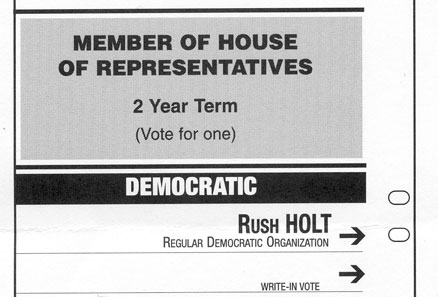The Golden Gate Ruby Conference was almost totally awesome. There only two sour notes. First, it was almost unbelievable how few women attended. With about 200 attendees, six were women. I have never been to a technical conference with so disproportionately few women. I can think of all sorts of reasons (along with a number of solutions). However, with this technology becoming in such widespread use and with such an awesome community supporting it, that stat must be radically improved for next year.
The second low point was Matt Aimonetti’s talk “CouchDB + Ruby: Perform Like a Pr0n Star.” It is unfortunate that he took this joke too far. What might have been a short, juvenille, eye-rolling bit of humor continued throughout the talk to become increasingly disturbing. Amidst this normally warm, welcoming community, I spent an uncomfortable half hour wondering if I had somehow found myself in 1975.
The talk started out with a few gags: “size matters” (memory usage, amount of servers, infrastructure), reliability equated to viagra (no downtime, ready for traffic peaks, ready for more data), multiple partners (public interfaces, no discrimination), etc. Matt even gave a nod to gender balance when he asked “are you a porn star?” and showed a picture (slide 13) with four drab looking people, including one women, and then the porn references slowed down and I expected him to get into the details of CouchDB.
If he had left it at a few introductory jokes, I would be writing a very different post. Instead the porn references continued with images of scantily-clad women gratuitously splashed across technical diagrams and intro slides. As he got into code snippets, he inserted interstitial images every few slides (removed from the slides below). The first time it happened, he mentioned that he wanted to keep everyone’s attention. It had the reverse effect. This technique was distracting and disrespectful to an audience who, frankly, is turned on by code. This crowd had just watch hour upon hour of code slide shows and live irb sessions, often on the edge of their seats as they absorbed the latest whiz-bang plugin or coding technique from one of the masters.
My point is not whether pornography is good or bad. I personally have no issue with it as long as it is created and viewed by consenting adults. Watching pornography in the privacy of one’s own home or sex club is entirely different from unexpectedly sharing the experience with a couple of hundred Ruby enthusiasts. I imagine that there were many men in the audience who were as uncomfortable as I.
What most pisses me off is that I had to write this blog post, instead of one about Ruby & CouchDB, which is a far more interesting topic. Thankfully dedicated Pivotal live blogger, Ryan Dy, captured notes on the talk sans porn.
